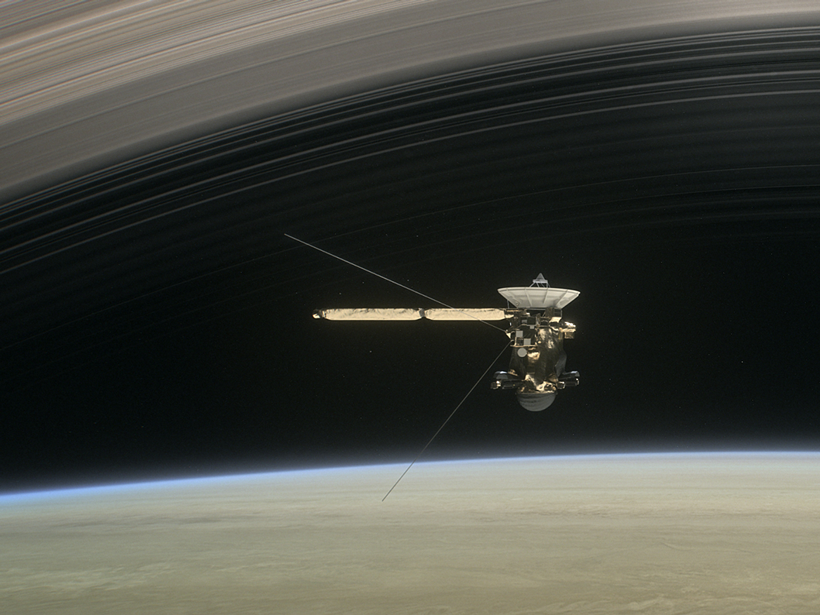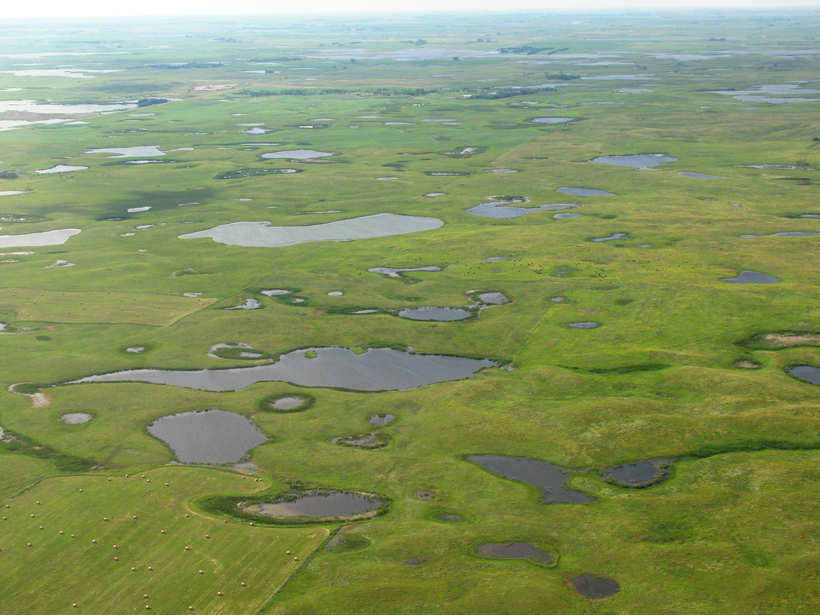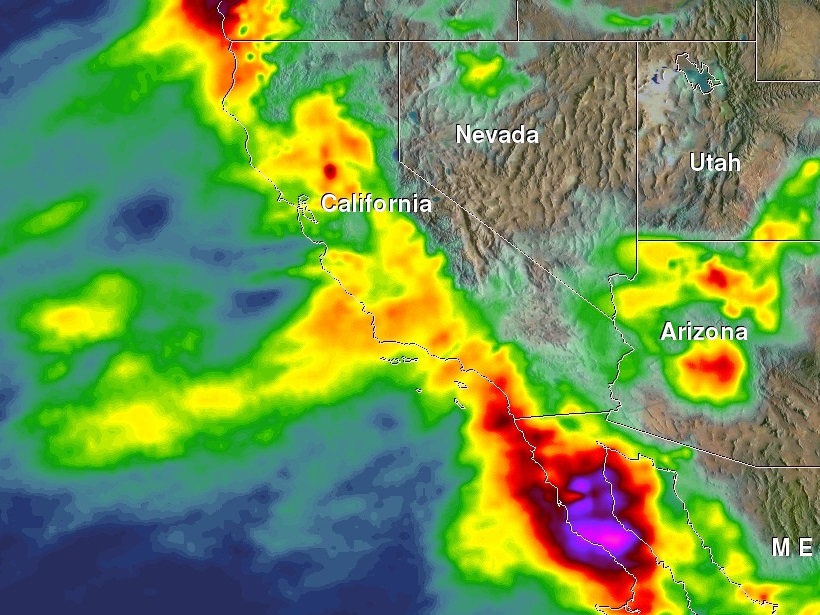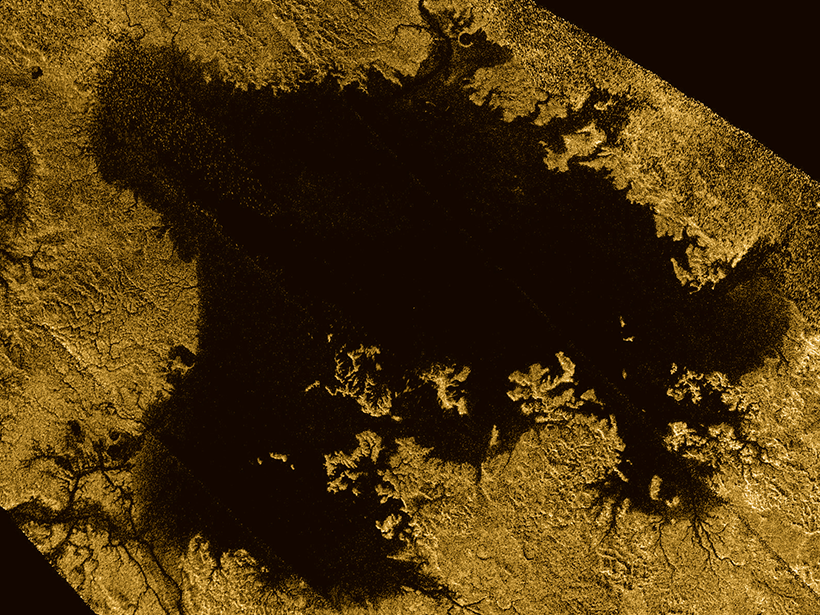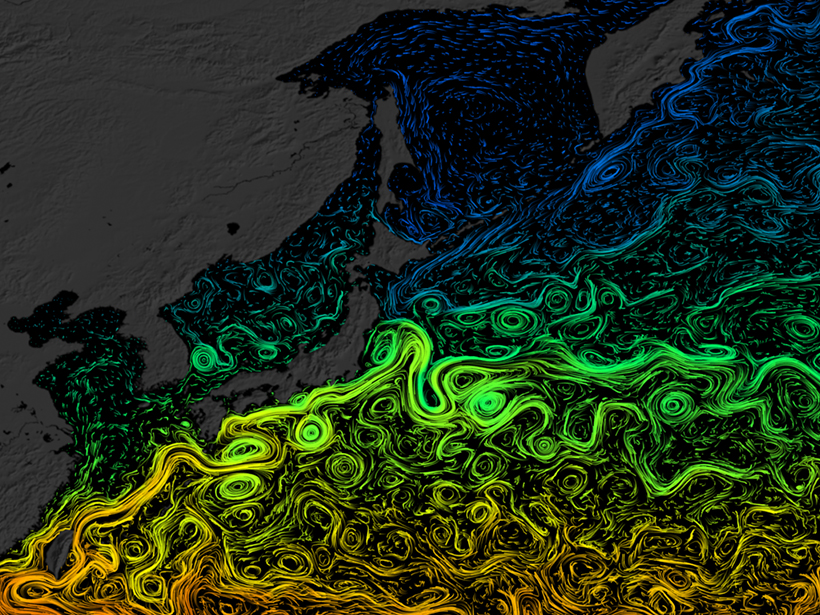NASA’s spacecraft will continue to unlock Saturn’s mysteries up until the moment it burns up in Saturn’s atmosphere.
CC BY-NC-ND 2017
Follow Earthworm Tracks to Better Simulate Water Flow in Soils
Incorporating paths carved by the critters and by tree roots helps scientists align simulations of tropical soils more closely with real-world data.
The Competing Climate Effects of Elevation and Albedo
Variations in surface reflectivity are as important as surface elevation changes in determining regional climate at nonpolar latitudes, according to a new modeling study.
A Benchmark for Trace Greenhouse Gases in the Arctic Ocean
Samples of seawater from the North American Arctic show that the region is neither a major source nor sink of methane and nitrous oxide to the overlying atmosphere.
Airborne Laser Spectroscopy System Can Map Atmospheric Gases
A new versatile spectroscopy system could create ultraprecise maps of Earth’s atmosphere, detect methane emission sources, and scan for chemical weapons.
Small Wetlands Retain Lion’s Share of Nutrients
Still-water ecosystems are key to combating explosive algae growth.
Concepts for Dealing with the Complexity of Weather and Climate
A recent article in Reviews of Geophysics describes how a nonlinear approach and the concept of regimes helps our understanding.
Could a Newfound Molecule on Titan Be a Building Block for Life?
The discovery of vinyl cyanide in the atmosphere of Saturn’s moon Titan has huge implications for life—but not as we know it.
Sediment Cores Reveal Ocean Current’s Past Life
East Asia’s Black Current may have rerouted in the past 10,000 years or so.
2017 Class of AGU Fellows Announced
The American Geophysical Union is proud to have chosen 61 new Fellows and will honor them at the upcoming 2017 Fall Meeting in New Orleans.

